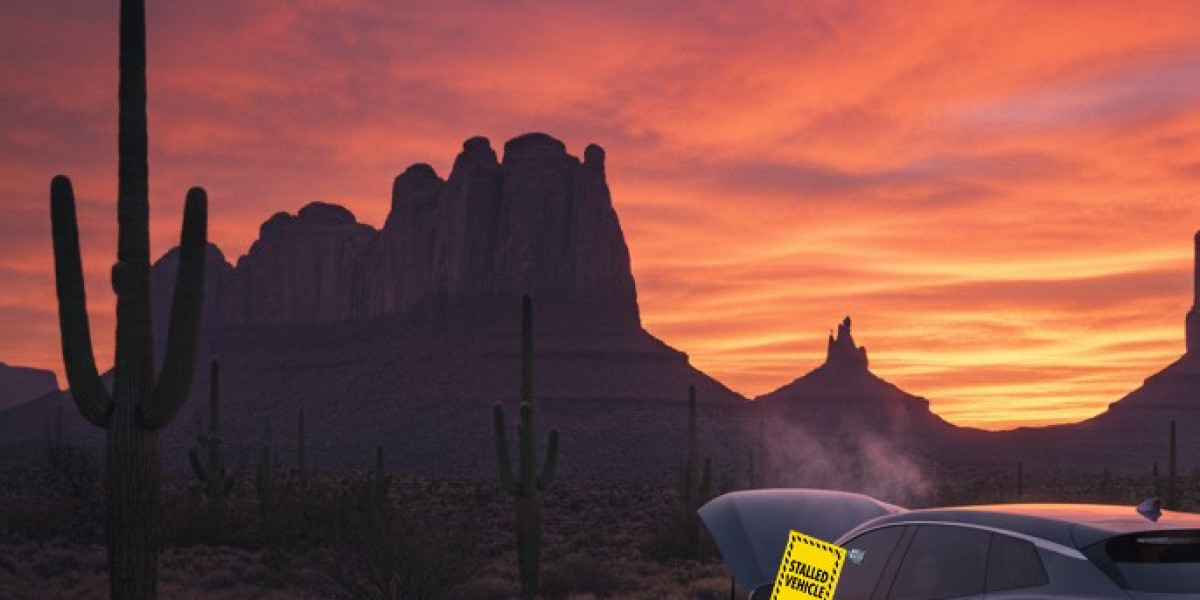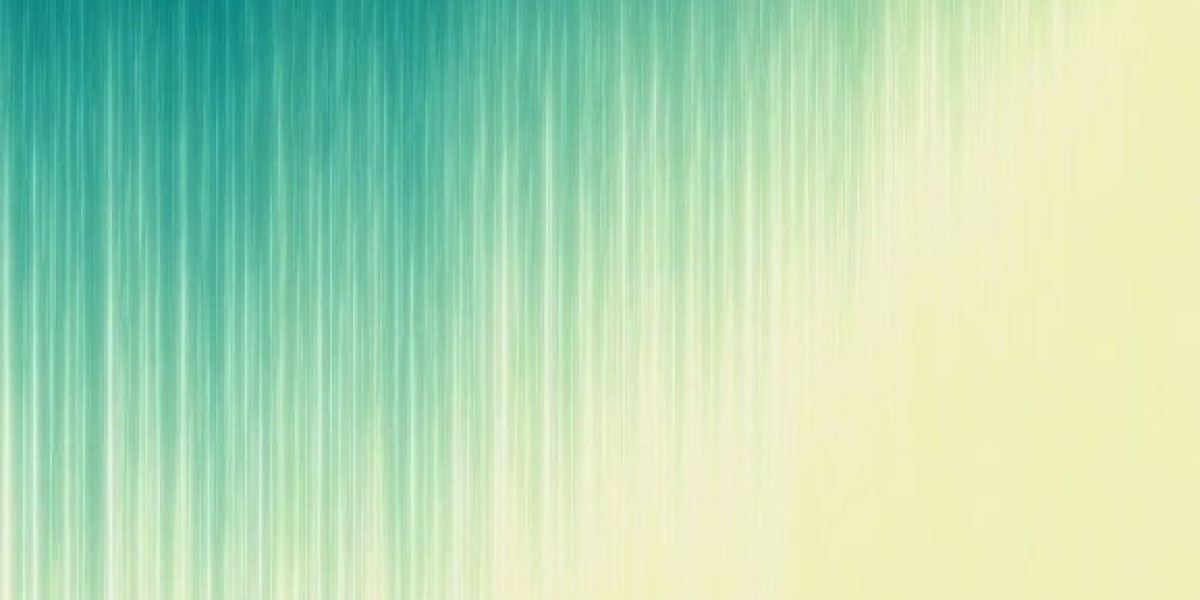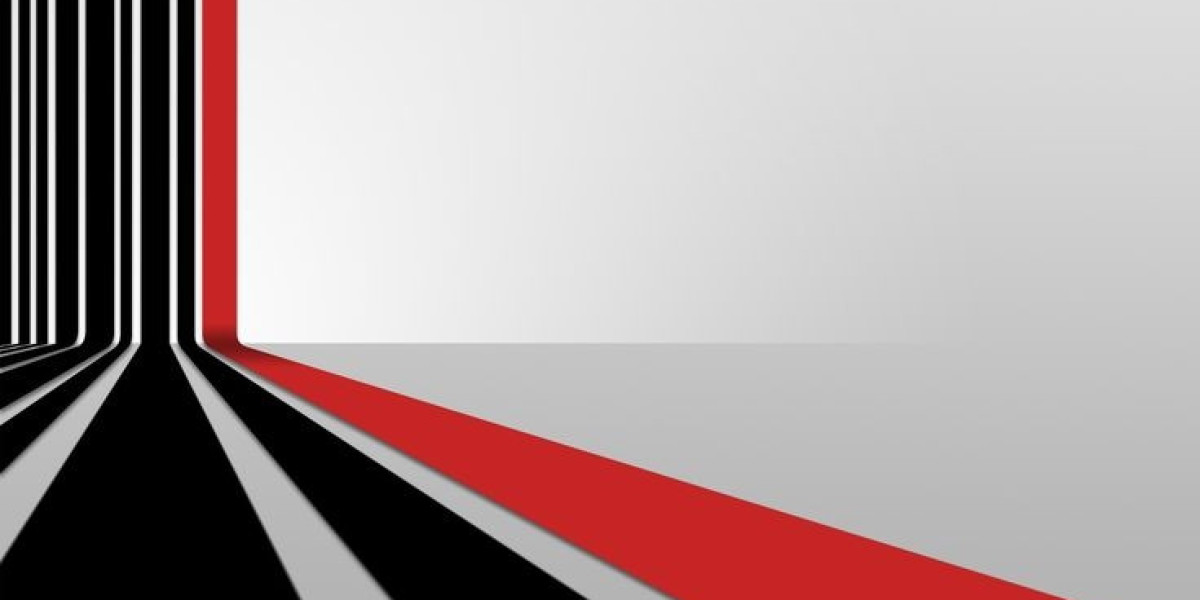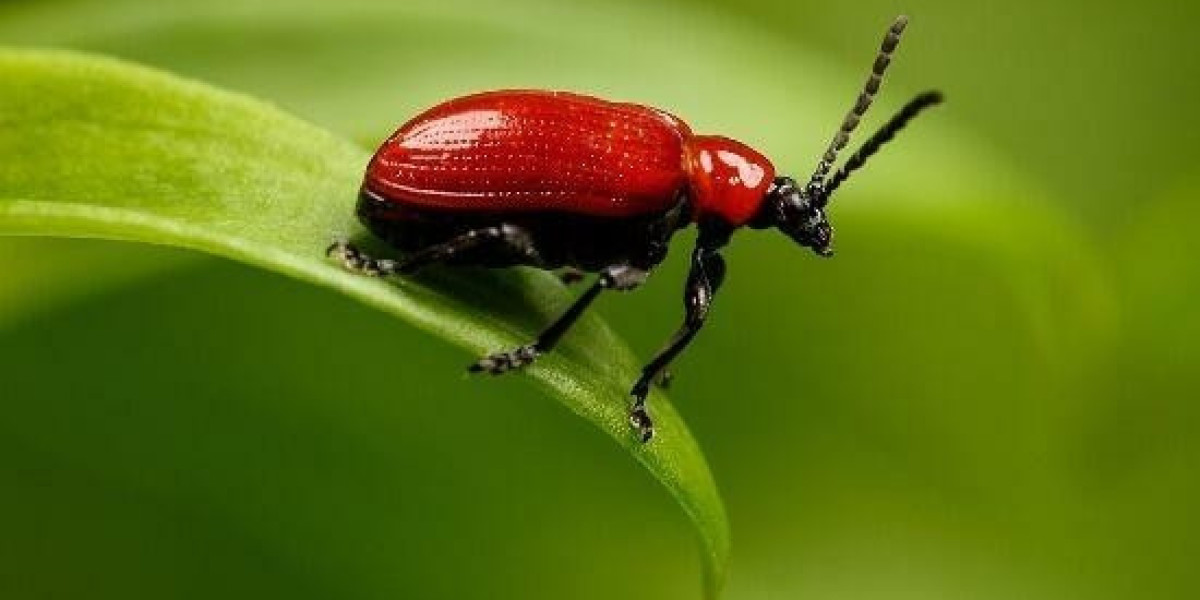Strobe lights play a pivotal role in photography, providing the ability to control and shape light to create impactful visuals. Unlike continuous lighting, a strobe light produces short bursts of intense illumination, making it an ideal tool for capturing motion, freezing moments, and adding dramatic effects. For photographers, understanding how to wield strobe lighting effectively is essential to creating stunning, professional-quality images. Whether you are a beginner or a seasoned professional, mastering the use of strobe lights will elevate your photography to new heights.
What is a Strobe Light and Why Use It?
A strobe light is a flash of artificial light used in photography to illuminate subjects for a brief moment. The primary advantage of strobe lights over traditional continuous lighting is their ability to offer intense, controlled light for high-speed photography. By adjusting the power and direction of the strobe light, photographers can enhance contrast, texture, and mood, as well as manipulate shadows and highlights.
For portrait photography, strobe lights are especially useful in providing a bright, clean light that adds depth to the subject. It’s also crucial for capturing fast-moving objects in motion, such as sports, wildlife, or events. The versatility of strobe lights makes them an essential tool in the photographer’s kit, offering creative possibilities that other light sources may not provide.
Choosing the Right Strobe Light for Your Needs
When selecting a strobe light, it's essential to consider factors such as power, portability, and control options. Modern strobe lights come in various forms, each suited to different types of photography. For instance, portable strobe lights offer mobility, allowing you to shoot on location with minimal setup. Studio strobe lights, on the other hand, provide greater power and precision, making them perfect for controlled environments.
Additionally, look for a strobe light with adjustable power settings. This feature allows you to fine-tune the intensity of the light to suit your subject and environment. Some strobes also come with built-in modifiers, such as softboxes or reflectors, which help shape the light and create the desired effect.
Key Strobe Lighting Techniques for Perfect Shots
When using strobe lights in photography, a few key techniques can make all the difference in achieving a polished, professional look.
1. Balancing Ambient Light and Strobe Light
One of the most fundamental techniques in strobe lighting is learning how to balance the strobe light with ambient light. In many photography situations, ambient light plays a significant role in the overall exposure of the image. To maintain natural lighting while still using a strobe, you need to adjust both your camera settings and strobe output. Start by lowering the strobe power to maintain a natural look, and fine-tune the exposure until you achieve the perfect balance.
2. Off-Camera Flash for More Dynamic Shots
Using an off-camera flash is an effective way to add drama and dimension to your images. Off-camera strobes allow you to position the light at various angles, creating shadows and highlights that would be impossible to achieve with on-camera flash. You can position the strobe to the side, above, or behind the subject to craft a more three-dimensional feel to your shots.
Additionally, off-camera strobe lights give you greater flexibility when shooting in different environments. With wireless triggers, you can fire the strobe remotely, making it easy to position the light wherever it’s needed without being tethered to the camera.
3. Using Light Modifiers for Control
Light modifiers are tools that alter the way the light from a strobe behaves. These modifiers include softboxes, umbrellas, grids, and beauty dishes. Each tool has a specific purpose and can drastically affect the quality of light in your photographs.
Softboxes create soft, diffused light that reduces harsh shadows and provides a more flattering effect for portrait photography.
Umbrellas are great for broadening the light source, which helps to fill the space with even, soft light.
Grids limit the spread of light, focusing it on a specific area of the scene.
Beauty Dishes produce a unique lighting pattern that’s perfect for fashion and beauty shots, delivering a soft, focused light with a bit of contrast.
By using the right modifier for the scene, you can control how the light interacts with your subject, enhancing the mood or texture you wish to convey.
4. Experimenting with Lighting Ratios
Lighting ratios refer to the difference in brightness between different light sources in your setup, such as the key light (main strobe) and the fill light. A higher lighting ratio results in a more dramatic effect with pronounced shadows, while a lower ratio creates softer, more balanced lighting.
For dramatic portraits, you might use a high contrast ratio, with a strong key light and a dimmer fill light. For softer, more evenly lit scenes, a lower ratio works best. By experimenting with these ratios, you can create a variety of moods, from high-fashion sharpness to natural warmth.
Strobe Lighting for Different Photography Styles
Strobe lights are incredibly versatile and can be used across a wide range of photography styles. Understanding how to use strobe lighting in different contexts can help you achieve the exact look you want.
Portrait Photography
Strobe lights are commonly used in portrait photography, as they provide sharp, defined light that highlights the subject’s features. For traditional portrait setups, a softbox or umbrella can help diffuse the light and reduce harsh shadows. Positioning the strobe at a 45-degree angle to the subject creates a flattering lighting pattern known as Rembrandt lighting.
Product Photography
In product photography, strobe lights can create crisp, clear images by illuminating the product evenly. A common technique involves using two strobes: one to light the product and another to fill in any shadows. With proper lighting control, strobe lights can highlight textures, shapes, and colors to make the product stand out.
Event Photography
Strobe lights are also essential for event photography, where you may need to freeze motion or capture fast-paced action in dimly lit environments. Using a powerful strobe with a high-speed sync feature allows you to shoot at faster shutter speeds without sacrificing image quality.
Troubleshooting Strobe Light Issues
Like any piece of photography equipment, strobe lights can sometimes present challenges. Common issues include overheating, misfires, and uneven lighting. To avoid these problems, ensure your strobe is well-maintained, and always monitor its temperature. Additionally, check your triggers and connections to ensure proper syncing between the camera and the light.
Conclusion
Strobe light are an invaluable asset for photographers looking to elevate their images. Whether you're capturing portraits, products, or events, mastering strobe lighting techniques allows you to control every aspect of your image—from shadow play to light intensity. By understanding how to balance ambient light, using modifiers, and experimenting with different setups, you can create striking, professional shots that leave a lasting impression. Don't shy away from experimenting—your creativity is the key to stunning photos with strobe lights.








